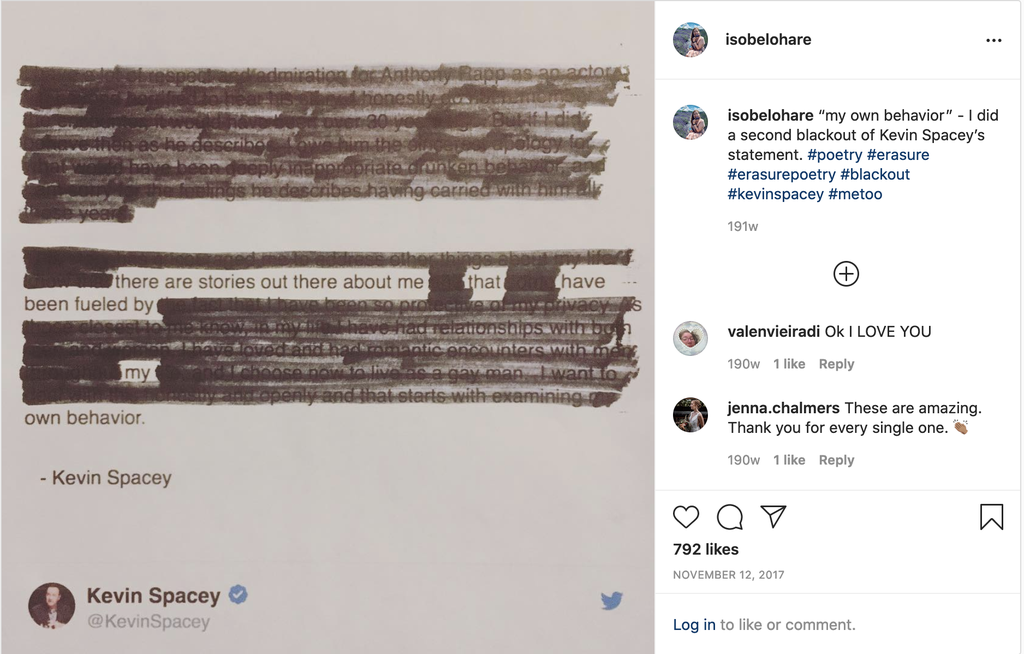Retributive justice can appear simple and easy, with jail time handed out for most significant offenses. Restorative justice demands a much more involved and tailored process of reckoning, apology, and restitution. Although challenging, this heftier process is in line with Jewish values.
In this extraordinary piece of Talmud, not only do we learn that God can make mistakes, we also witness God’s extensive efforts to make things right.
Note that the relationship between God and the moon only turns towards reconciliation once God pauses in Their efforts to fix things and for the first time "sees" the moon, before again returning to the work of trying to make things right.
...:רבי שמעון בן פזי רמי כתיב (בראשית א, טז) ויעש אלהים את שני המאורות הגדולים וכתיב את המאור הגדול ואת המאור הקטן אמרה ירח לפני הקב"ה רבש"ע אפשר לשני מלכים שישתמשו בכתר אחד אמר לה לכי ומעטי את עצמךאמרה לפניו רבש"ע הואיל ואמרתי לפניך דבר הגון אמעיט את עצמי אמר לה לכי ומשול ביום ובלילה אמרה ליה מאי רבותיה דשרגא בטיהרא מאי אהני אמר לה זיל לימנו בך ישראל ימים ושנים אמרה ליה יומא נמי אי אפשר דלא מנו ביה תקופותא דכתיב (בראשית א, יד) והיו לאותות ולמועדים ולימים ושנים זיל ליקרו צדיקי בשמיך (עמוס ז, ב) יעקב הקטן שמואל הקטן (שמואל א יז, יד) דוד הקטןחזייה דלא קא מיתבא דעתה אמר הקב"ה הביאו כפרה עלי שמיעטתי את הירח והיינו דאמר ר"ש בן לקיש מה נשתנה שעיר של ראש חדש שנאמר בו (במדבר כח, טו) ליהוה אמר הקב"ה שעיר זה יהא כפרה על שמיעטתי את הירח...
...§ Rabbi Shimon ben Pazi raises a contradiction between two verses. It is written: “And God made the two great lights” (Genesis 1:16), and it is also written in the same verse: “The greater light to rule the day, and the lesser light to rule the night,” indicating that only one was great. Rabbi Shimon ben Pazi explains: When God first created the sun and the moon, they were equally bright. Then, the moon said before the Holy One, Blessed be He: Master of the Universe, is it possible for two kings to serve with one crown? One of us must be subservient to the other. God therefore said to her, i.e., the moon: If so, go and diminish yourself.She said before Him: Master of the Universe, since I said a correct observation before You, must I diminish myself? God said to her: As compensation, go and rule both during the day along with the sun and during the night. She said to Him: What is the greatness of shining alongside the sun? What use is a candle in the middle of the day? God said to her: Go; let the Jewish people count the days and years with you, and this will be your greatness. She said to Him: But the Jewish people will count with the sun as well, as it is impossible that they will not count seasons with it, as it is written: “And let them be for signs, and for seasons, and for days and years” (Genesis 1:14). God said to her: Go; let righteous men be named after you. Just as you are called the lesser [hakatan] light, there will be Ya’akov HaKatan, i.e., Jacob our forefather (see Amos 7:2), Shmuel HaKatan the tanna, and David HaKatan, i.e., King David (see I Samuel 17:14).God saw that the moon was not comforted. The Holy One, Blessed be He, said: Bring atonement for me, since I diminished the moon. The Gemara notes: And this is what Rabbi Shimon ben Lakish says: What is different about the goat offering of the New Moon, that it is stated with regard to it: “For the Lord” (Numbers 28:15)? The Holy One, Blessed be He, said: This goat shall be an atonement for Me for having diminished the size of the moon.§ ....
The artist Isobel O'Hare creates "erasure poems" based on public celebrity apologies. "my own behavior" is an erasure poem created from Kevin Spacey's public apology after he was accused of sexual misconduct. The layered nature of this work reveals some of the many dimensions involved when a person undertakes the process of reckoning and apologizing. We have seen celebrity apologies that seem to want to resolve the entire issue under consideration in one (frequently defensive) statement. One might say that O'Hare evolves this particular apology one step further on the long road that Mr. Spacey, or others like him, might need to take to truly make things right.

Dr. Erica Brown explores the lengthy and intense path to repentance, drawing on the wisdom of Rabbi Jonah of Gerona:
...To be effective, teshuva must move us all the way from regret to a place of profound change. The change must make us so distant from where we once were that we are actually able to instruct and guide others to avoid what was once a major source of personal temptation or spiritual weakness in ourselves. It is as if we were to look at an old photograph of ourselves. We recognize the image and the likeness but also know that we are not that same person anymore. Rabbi Jonah presents the anatomy of an apology as an outline for transformation in his table of contents, offering twenty steps that contribute to the process of true change.
Experiencing regret
Relinquishing sin
Expressing sorrow
Suffering
Worrying
Embodying shame
Engaging in self-abasement
Embracing humility in deed
Conquering physical desire
Improving deeds in relation to the sin
Searching one’s ways
Recognizing the magnitude of sin
Understanding the severity of lesser sins
Confessing
Praying
Correcting the misdeed
Pursuing acts of loving-kindness and truth
Being aware of the constant presence of sin
Forsaking the sin when temptation calls again
Turning others away from sin
This list presents both the range of emotions that it takes to enter the sanctuary of repentance and the behavior that must emerge from these emotions. Sin, even of a minor ilk, must become magnified in our eyes so that we understand its cost and its consequences. The movement from sadness to sorrow to shame must be experienced, and that is only possible if we sit with our sins, analyzing their full impact – instead of briefly visiting them and then quickly squirreling them away...
Questions for reflection:
- What are the consequences of a theology in which God can err?
- How can we avoid settling for easy or shallow apologies?
- What might be the rewards of moving through a long and challenging process of reckoning and repair?
This source sheet aims to pass The Kranjec Test.




